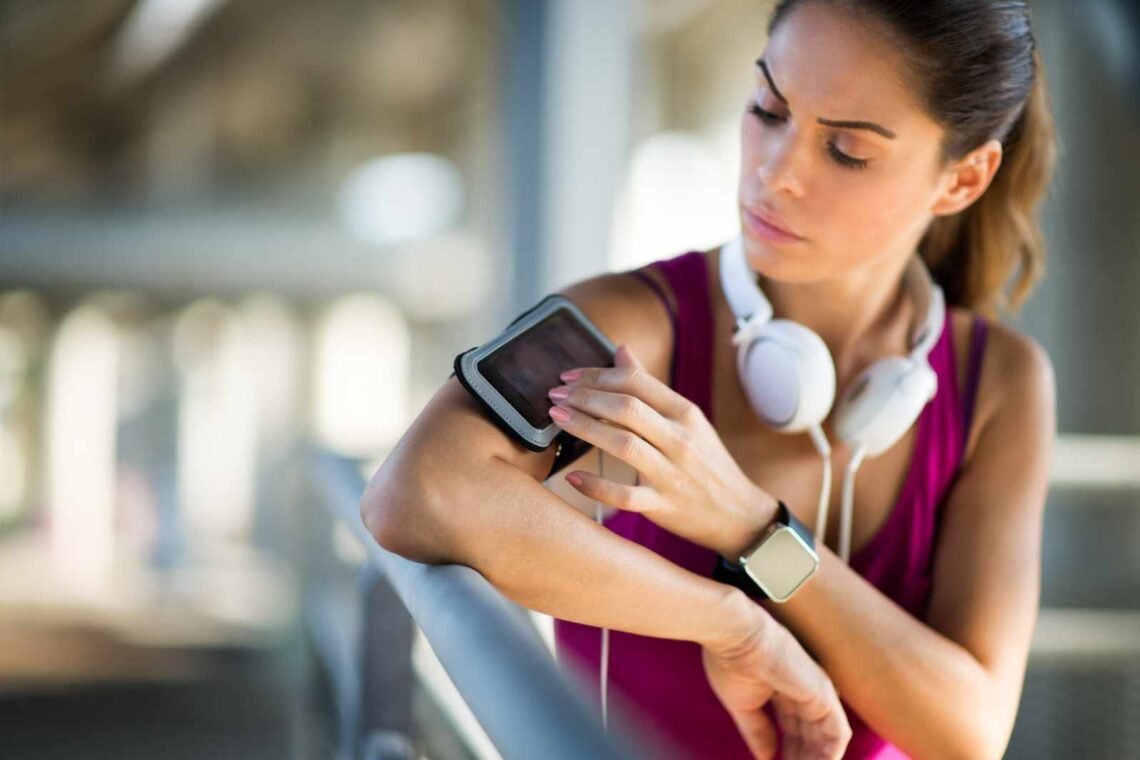Wearables have come a long way since the early days of step-counting devices. What began as health or fitness tracking gadgets have now turned into Wearables 3.0, the next-gen smart wearables that advance the measurement of fitness levels, making its way to healthcare, wellness, and lifestyle management.
The Journey of Wearables
- Wearables 1.0: Concentrated on step tracking, calories burned and basic fitness statistics.
- Wearables 2.0: First wearable devices to incorporate heart rate, sleep tracking, and tie-ins to mobile apps.
- Wearables 3.0: This next generation is all about healthcare, personal insight and lifestyle changes – and it’s starting to get very fuzzy where life ends and tech begins.
Wearables in Healthcare
Wearables 3.0 is all about health. Such devices have become capable of:
- On-Going Body Checks: Smartwatches can monitor your heart rhythm, give warning of irregular heart rhythms, and possibly warn of pending heart disease.
- Monitoring glucose: Researches are working on non-invasive sensors for measuring glucose in the blood, targeting diabetic patients.
- Stress & Mental Health Support: Wearable monitors stress level and breathing when practicing mindfulness.
- Remote Patient Care: Doctors can have access to live patient data, improving the efficacy of telemedicine.
Lifestyle Enhancements Beyond Fitness
How wearables are more than just health trackers: They’re altering how we live:
- Smart Garments: Smart materials integrated with sensors monitoring balance, movement and temperature.
- Fashion Meets Tech: Designers devices that looks good even if it’s only function is to function.
- Productivity Tools: Smart rings and glasses for the notification sic pinged, focused time counted, and office-efficiency-clocked-in-on.
- Safety functions: GPS Tracking, Fall detection and SOS emergency call service, more beneficial to kids and the aged.
The Future of Wearables 3.0
With AI, machine learning and IoT growing, wearables will:
- Be more predictive, not simply reactive.
- Prove customized health suggestions instead of just raw information.
- Connect effortlessly with smart homes, vehicles and workplaces.
- Trend toward the invisible wearable, such as skin patches and implants, that operate without being felt.
FAQs
Q1. What sets Wearables 3.0 apart from previous versions?
Wearables 3.0 Trends Reports Versa 2 wearables emphasis health and lifestyle more than just fitness tracking. These include state-of-the-art monitoring, predictive analytics, and minimal invasion in everyday life.
Q2. Can wearables replace doctors?
No. Wearable devices provide useful information and alerts but aren’t a replacement for professional medical attention. They provide supportive care through continuous monitoring.
Q3. Are wearables okay to use every day?
Yes. The large majority of wearables also utilise non-invasive sensors and are safe for everyday use. Still, it’s always best to use as per the manufacturer’s recommendation.
Q4. What are some examples of Wearables 3.0?
The new generation includes smartwatches with ECG and blood oxygen sensors, smart clothing, rings that monitor vitals and AI driven health patches.
Q5. Will wearables get cheaper in the future?
Prices, as technology increases and the competition heats up, will drop, and advanced wearable technology can become available to more people.





